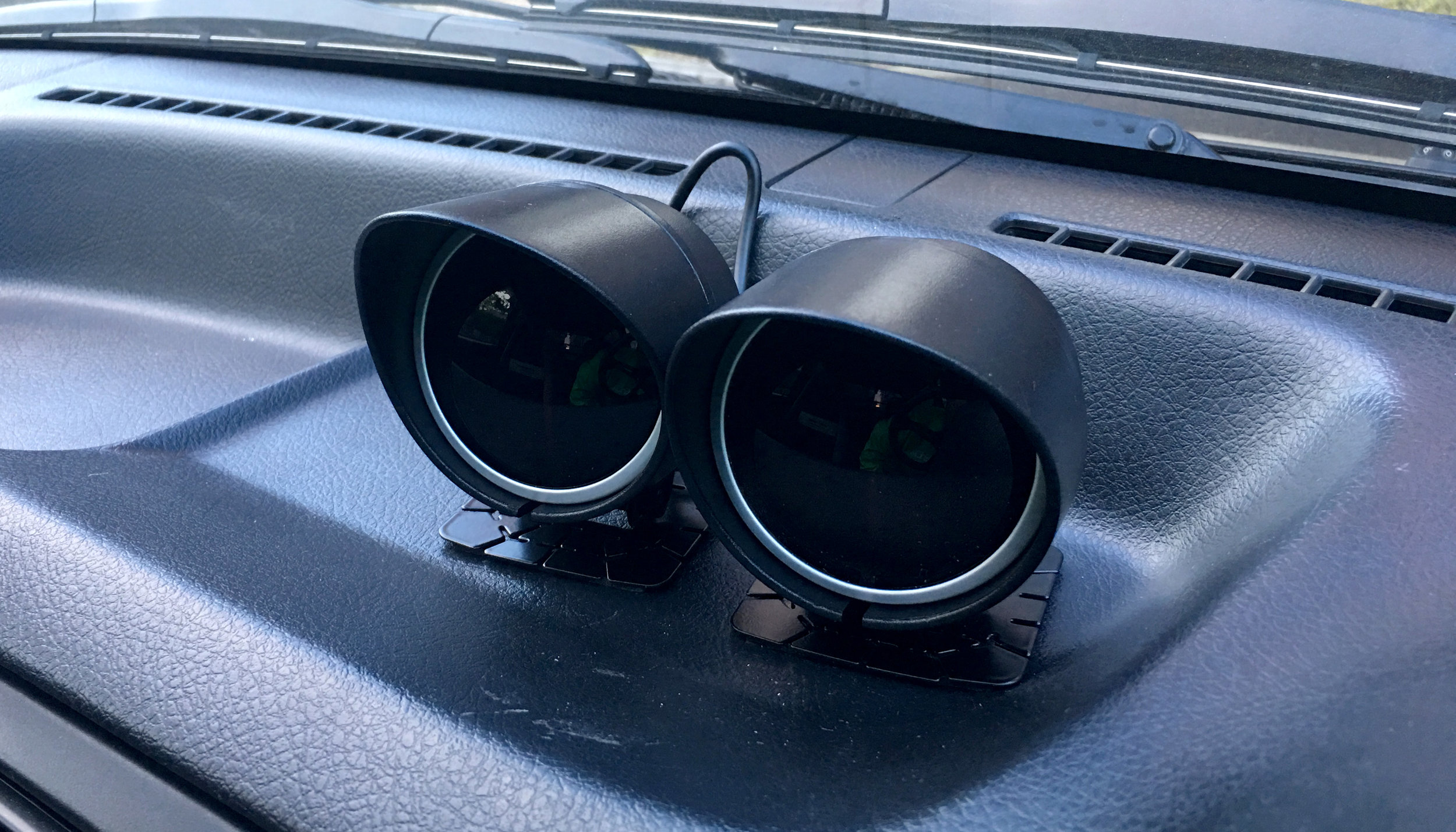[ Alto Works ] Gauge Install, Part 1
The automobile is a wonderful invention and you probably agree if you’re reading this page. One thing I always need to keep in mind, though, with all the mechanical marvels of cars operating generally trouble-free for thousands of kilometers, they can be finicky machines if things go wrong. Luckily, cars don’t usually just break down suddenly. There are plenty of tell-tale signs that they can tell us, such as tainted fluid, high temperatures, inadequate pressure, leaking seals, among countless other hints if you know what to look for. Checking these signs before and after operating a motor vehicle is essential to minimize major catastrophe before it happens.
What about during extended or intense drives? Besides listening to your cars noises, another great way to ascertain information is through checking gauges or error lights. Unfortunately, most cars are made for dummies who don’t need or want to be notified about every little variation, as long as it doesn’t cause the driver issues. That’s why error lights only come on when major faults occur and why the water temperature gauge doesn’t move past the usual middle mark unless the temperature fluctuates widely. (In fact, I don’t know where the threshold is on this built-in water temperature gauge. Does it simply move beyond the middle when it’s just way too hot?)
For example, the oil pressure gauge in the dash on all 1995-2005 Mazda Miatas are simply dummy gauges. They only register pressure or virtually none at all. By the time an engine has completely starved of oil pressure, the engine may already be damaged. To fix that and keep a clean OE appearance, I had to install a proper oil pressure sender and gauge from a 1990-1994 Miata. Now the gauge rises and falls quite evidently when driving, as it should.
Therefore, more precise and informative aftermarket gauges are also a must for my little Alto.
Tuner cars often have a plethora of gauges in the interior, all lit up along the A-pillar and half a dozen more on the dash. I blame the Fast and Furious franchise for popularizing them. Don’t get me wrong; F&F is a bit of a guilty pleasure and I am not a car “hipster.” Inherently, popularity is not a bad thing at all, but with popularity comes the comical silliness that some is good and more is better. On some of these over-the-top cars, I wonder if the driver can even see over the dash with all those bright gauges and neon lights flashing. Y’all know what I’m talking about...
We are lucky now to have a huge access to a wide range of aftermarket gauges, dramatically ranging in price starting around $20 USD for an off-brand, simple analog pod gauge to $400 or more for electronic multi-function displays. Some have incredibly important info, detailing air/fuel ratios, exhaust temperatures, and the ever-popular turbo boost gauge, down to questionably less useful voltage meters.
For my Alto Works application, I decided on the following gauges, in perhaps the rough order of importance to me:
Oil Pressure: This is probably the most important gauge for stock-tuned turbo cars, especially since I am running an external oil cooler. Oil pressure is critical, since oil is essentially the lifeblood of the engine, circulating through the engine and turbo, lubricating parts and maintaining temperature. A drop in pressure means I need to check the system to see if the oil pump is failing or if there are any leaks in the system since there are more failure points with the external cooler.
Boost Pressure: I’ll be honest, this is more for fun than anything else. I never had a boost gauge in any of my previous turbo cars so I felt those were missed opportunities to see the needle rise and fall with the RPMs. However, boost gauges can also tell if there are any leaks in the system or issues with the injectors or intake.
Oil Temperature / EGT temperature / AFR / O2: I’m not extremely knowledgeable about this, but some say either temperature gauge and an Air-Fuel Ratio gauge are enough. A rise in oil temperature or exhaust temperature is a sign of air/fuel ratio issues with the engine running too lean, potentially leading to major engine failure. Similarly, an increase in oxygen could also reveal issues with fuel or combustion issues.
I am generally a pretty simple (not to mention cheap) guy, so I want to keep my view as unrestricted as possible. This means I want the front pillars thin and unadorned, leaving the dash and gauge cluster the only areas where I would like gauges. Not to mention the future addition of a roll cage would potentially block them from being seen. Luckily the dash to the left of the gauge cluster is a perfectly flat and clear shelf space to allow a few to be placed.
Discussing the matter with my mechanic and a few friends, I narrowed my choices down to an oil pressure and boost gauge, two being adequate for my current needs, especially since I am not tuning the boost or making any power alterations. My sharp-eyed readers will notice that I already previously installed an oil pressure sensor along with the oil filter relocation plate.




